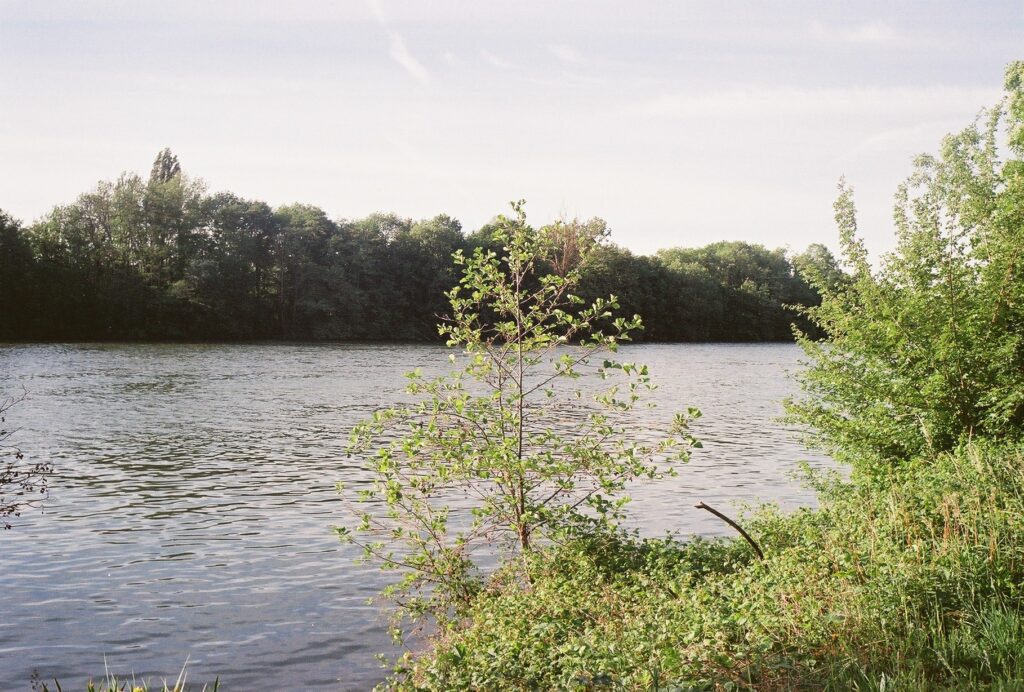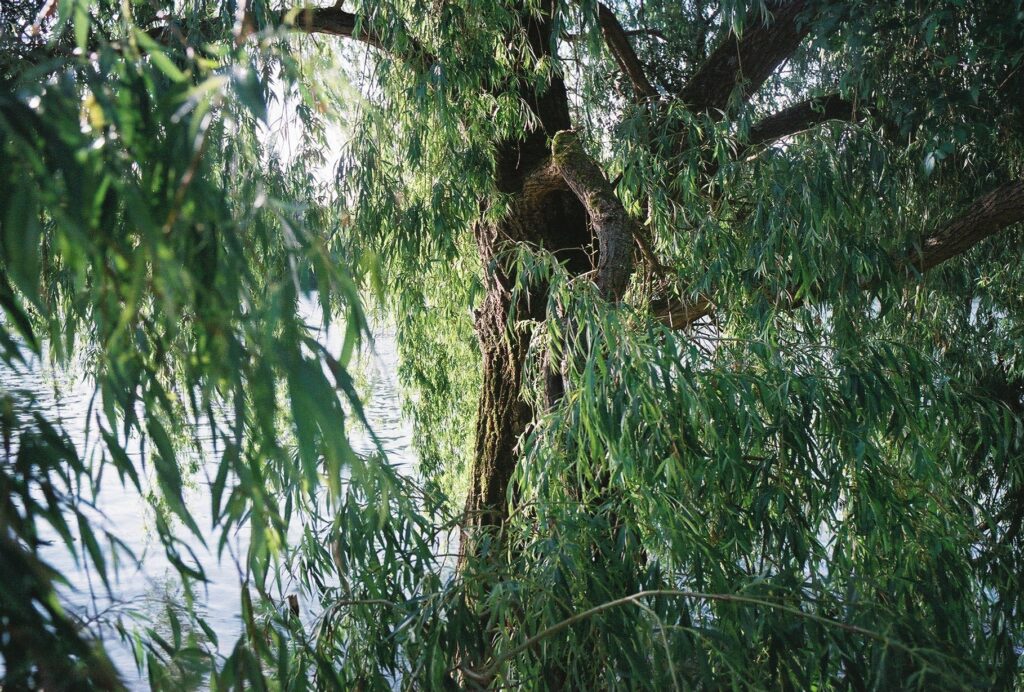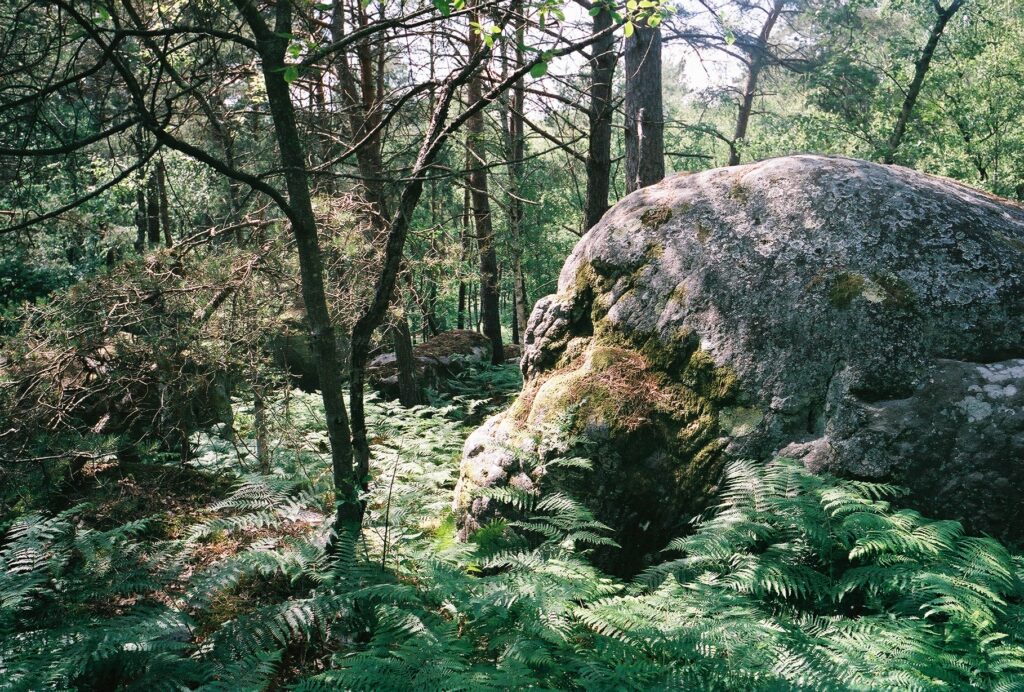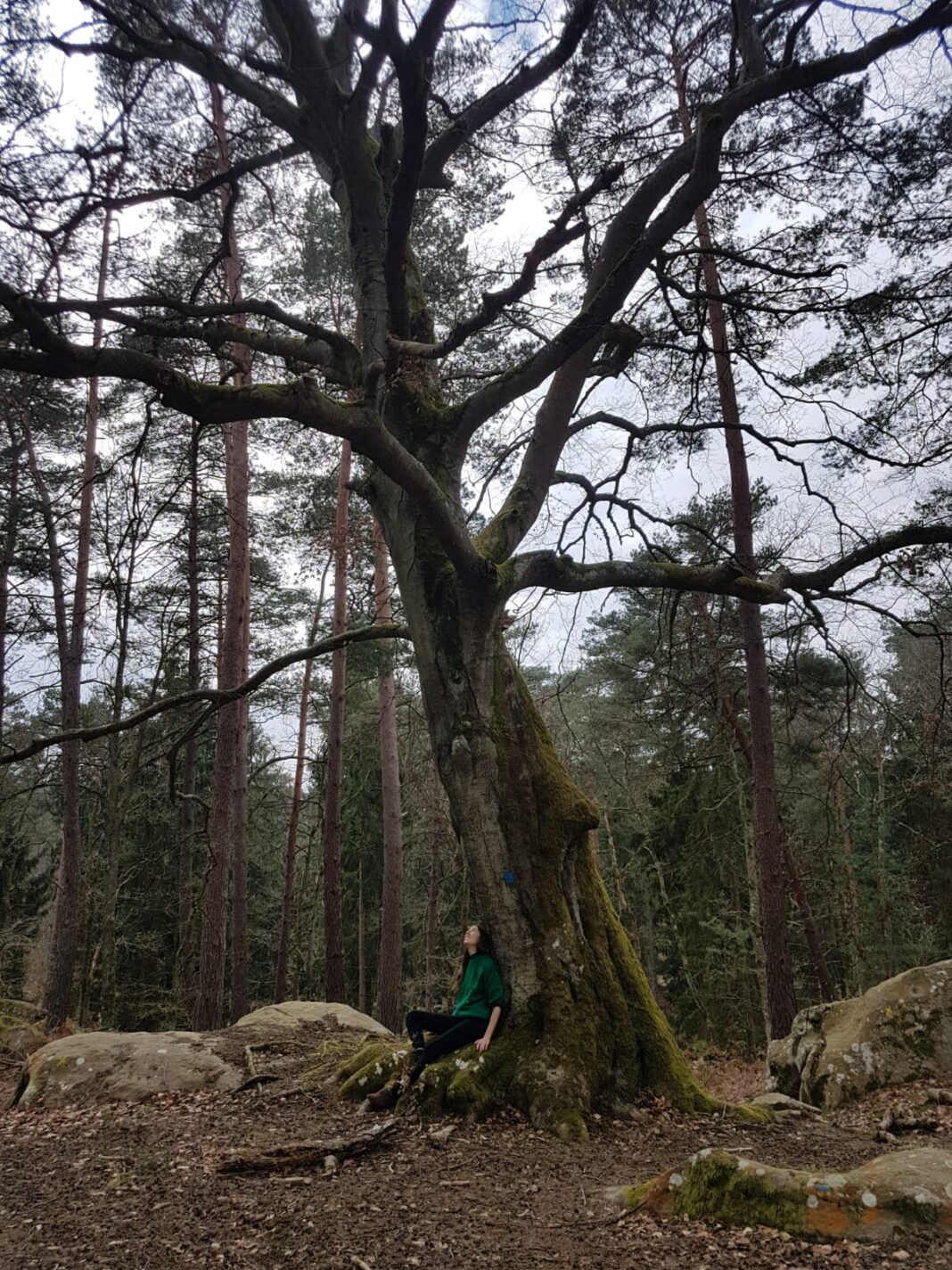FRANCE. Samois-sur-Seine. Carmen Bouyer walks in the immersive Fontainebleau forest and swims in the clear waters of the Seine river. She volunteers growing the fruits and vegetables from a permaculture food forest and orchard run by the villagers in Samois-sur-Seine. This small 2000 people village, where Gipsy jazz musician Django Reinhardt lived for years, is Carmen’s home now. She left Paris for good following her need to connect with nature.
Carmen is an ecological artist, that is, she observes our relationship to nature. Before moving to Samois, she did extensive photographic research in Turkey, and Mexico focusing on the tremendous cultural shift agriculture was to our species. She found people with soulful relationships to land and their environment. This inspired both her work and her need to build nurturing connections with herself and others.

Nurturing cities
The Nature of Cities is an international platform for transdisciplinary dialogue on urban solutions. David Maddox started the project in New York in 2012. Carmen and Patrick Lydon curate its online art content: roundtables, conferences, articles, exhibitions. They offer an exchange of multi-faceted diverse visions and ideas from people with as many different backgrounds as possible. The aim is to transform cities into better environments.
“We need artists’ voices so much, we need artistic approaches to be taken into account and to be on the table when we think about our cities. They are the places were most human beings live, so (their design) cannot be in the hands of only a few specialists.” They have over 800 regular contributors to the website from all over the world. These include scientists, lawyers, artists, businesses, and civil society.
Online exhibitions and masterclasses to support their contributors
COVID-19 made it impossible for them to host art exhibitions. Since some of their artists had shows canceled, Carmen and Patrick offered them an online venue. They worked then to create a better experience: “We took our best pictures, recordings, videos, and texts, and authors reflected on the show to add different perspectives and facilitate that online experience” A recent example of this was Emilio Fantin’s exhibition.

“We allow visitors to donate for the exhibition, we are so used to not paying for this that most people don’t. The online exhibitions are not working so well for financially supporting artists and curators, but we wanted to give it a try. What we see works best are workshops or classes people pay to attend to”. Indonesian curator Alia Swastika recently shared with Transcontinental Times similar conclusions. And similarly, even if these exhibitions are not creating money, they have increased the artists visibility and enlarged the contributor’s network. They enlarge access to people around the world.
COVID-19: What’s next?
“Some people are living hell while others are discovering heaven. It depends on your starting conditions, this crisis is not equal for all.”
Read also: Turning Religious Waste Into Reusable Organic Products
And this evident inequality has motivated many people to take action. “Civil rights movements, like in the United States, United Kingdom, or even France, have brought a sense of purpose to this period. It is shaking my friends to act in a beautiful way, we relate to the fight for social justice.”
Carmen is currently doing a residency in a small local art center, CourCommune. Artists created an open space, both physically in the art center and online, for people to ask themselves: What’s next? Carmen gently smiles when asked to tell us what is coming and says that what she can see is that when faced with collapse, we focus on the essential, on what is most important.

Connecting to nature to let go of self-destruction
And Carmen, ever kind and respectful, seems to have an idea of what the essence might be all about. “I hope to participate in nurturing the diversity of life and relationships. I see self-hatred towards our culture and so-called civilization, we are very critical. And it is important to be critical. But it is also important to see what is positive and create peace in that place, recognizing and naming the harm done, looking for compensation, and taking our responsibilities. Facing the reality of our past we can find peace. This is what activists do, they work individually and socially to move beyond this kind of self-hate and self-destructive behavior. Everybody has their way of doing this, I hope we find new collective ways to do this transition together.”
Certainly, platforms like The Nature of Cities offer an opportunity to share experiences and needs. But they also help us understand that we are not alone in creating diversified and inclusive environments. The quest for beneficial and sustainable relationships to ourselves, the land, and the people is shared worldwide. And there is much to learn from everyone’s perspective and experience.



